Employee engagement promotes passion, commitment and productivity so it is not surprising that every leader wants more of it. The research has been clear: high levels of employee engagement create a competitive advantage for leaders at a rate of 2:1. That is, a business with engaged employees will outperform its competition at a rate that almost doubles sales, performance, and profitability. In a purely business context, higher levels of engagement will drive everything. Effort. Turnover. Satisfaction. Creativity. Wellbeing.
Throughout 2020, the leadership team here at HSD Metrics partnered with researchers Brad Shuck, EdD and Jason Immekus, PhD from the University of Louisville to uncover what the future of employee engagement will look like, including how to best measure the experience of engagement. Their study, which occurred over a 12-month period, took a deep dive into the psychology of engagement. Looking at thousands and thousands of participant experiences across a multitude of samples, the team at HSD Metrics broke down and distilled new, proprietary insights about what the experience of employee engagement looks like in today’s business environment. Through this innovative public/private partnership and using an international and culturally sensitive sample, HSD Metrics identified four critical indicators of employee engagement.
How much each employee feels a part of the organization and the belief that they can meaningfully influence the overall culture and day-to-day decisions.
How clear goals and expectations are communicated, how day to day work is aligned, and whether or not the objective is achievable.
The belief employees have in their leader’s ability to actually lead and the specific behaviors that leaders display, every single day.
How employees view the ethics, decision making, and safety of the organization.
Belonging and Influence are how much each employee feels a part of the organization and the belief that they can meaningfully influence the overall culture and day-to-day decisions. Here, leaders need employees to feel like they are a part of a community at work, where their voice has influence and that they are seen. The more an employee believes they belong and are connected to a community, the more likely they are to be engaged.
Line of Sight is how clear employee goals and expectations are communicated, how day to day work is aligned, and whether or not the objective is achievable. Employees need a clearly defined line of sight to their work, a defined connection of their work to the goals of the organization, and perhaps most important, a comfortable fit between their job responsibilities and their core strengths. The more an employee has a defined line of sight to the meaning and value of their work, the more likely they are to be engaged.
Fill out our short form to receive the White Paper, and consider our SurveyRight solution to improve employee engagement. It allows you to dynamically collect employee feedback while providing your organization with advanced analytics to help you recognize themes, create action plans and, most importantly, understand what all of the data means for your business.

